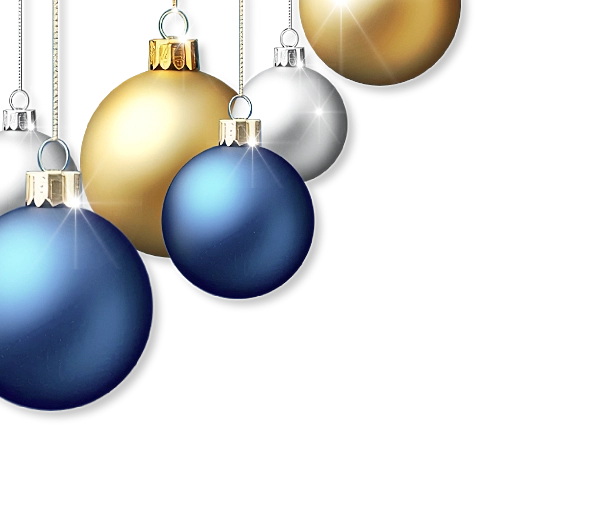Regardless of whether you've got a second hand gun worth £500 or a family heirloom worth £50,000, gun fit is crucial if you want to get the best out of your shooting. Most people can pick a gun off the rack and the fit will be close to their requirements, but for the sake of a small investment, it really is worthwhile having your gun fitted properly.
I see gunfitting as an often-forgotten necessity and it is quite surprising throughout my years of experience how many people have never been fitted with a gun and, truly, the end result is that you cannot shoot your best unless your gun fits you - IAN COLEY
How a gun fitting session works
Gun fit can only be successfully achieved using a Try-Gun, taking it out on the range and testing it on the pattern plate and on targets. A Try-Gun can be fully adjusted to look at stock dimensions, comb height, rib height, trigger pull distance, cast of the stock and the various lengths – from butt to trigger and palm swell to trigger.
Once the try gun has been adjusted, the individual can try the gun for its initial fit. The gun is mounted into the shoulder, so any ill-fitting components can be noted, and the gun fitter looks directly down the barrels to check the cast. Once the adjustments appear to suit the individual, the gun can then be tried out on the pattern plate. Subject to those findings, you can then move to a stand. Adjustments are gradually made depending on the results shown on the pattern plate.
These adjustments are recorded as measurements, which are then given to the gunsmith to create a new made-to-measure gun or, if you are buying a second hand or off the shelf gun, to alter the cast, stock length, trigger, comb or rib to suit. Once a new or adjusted gun is returned from the gunsmith it is important to try it out again – on the pattern plate and also over various targets, to familiarise yourself with the fit.
